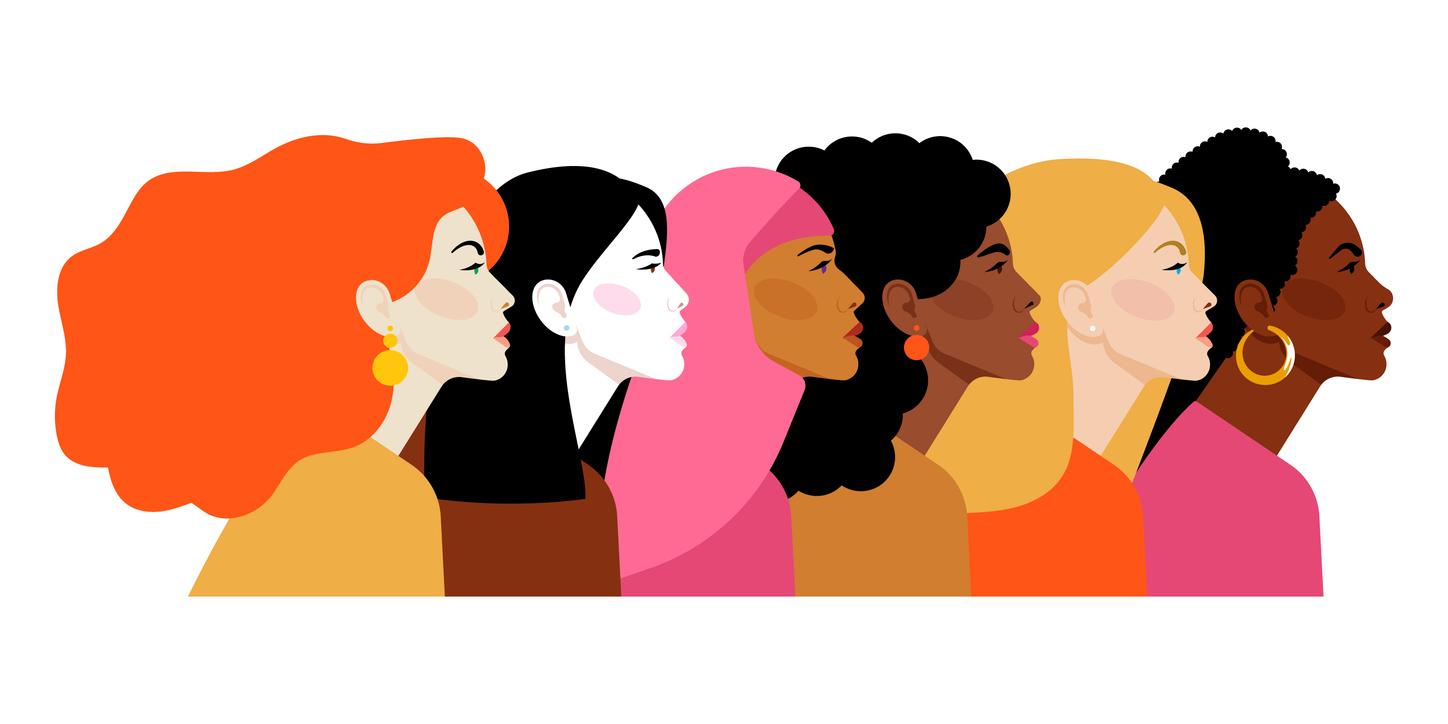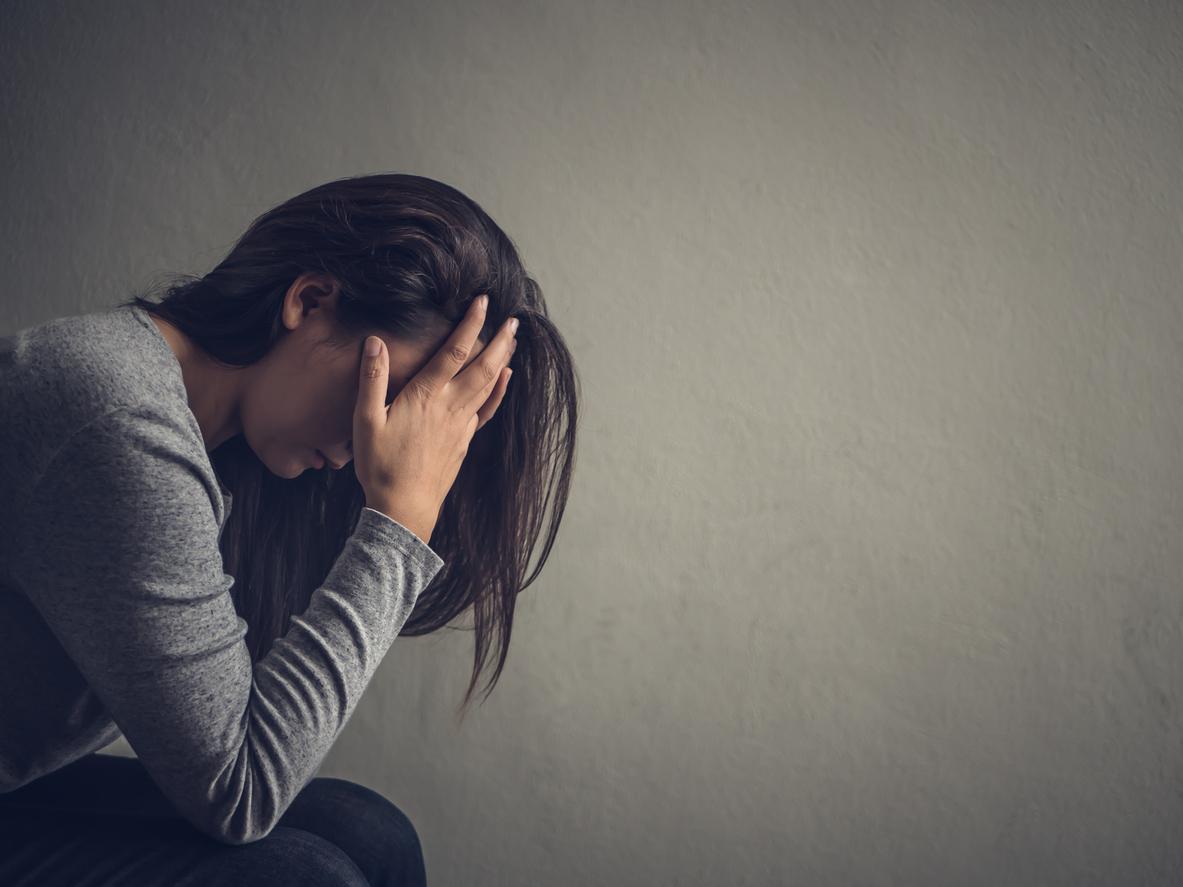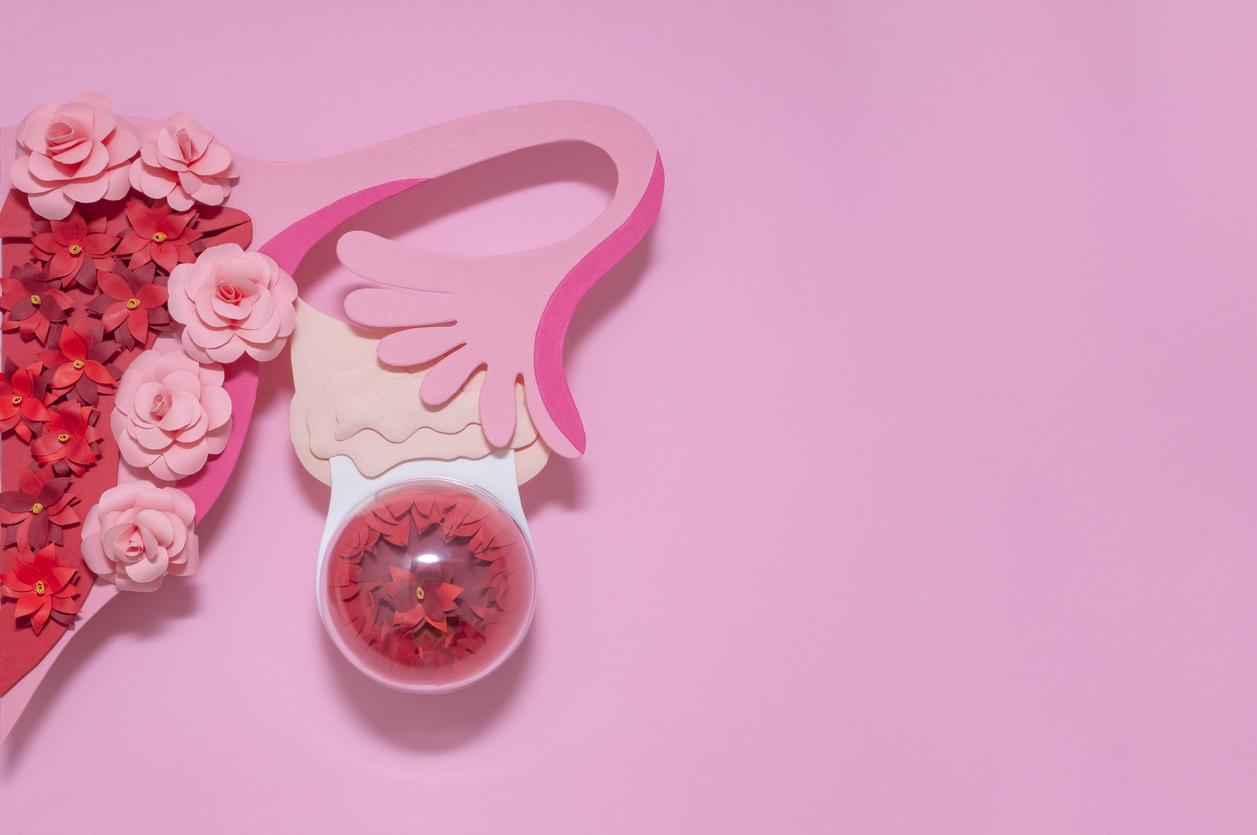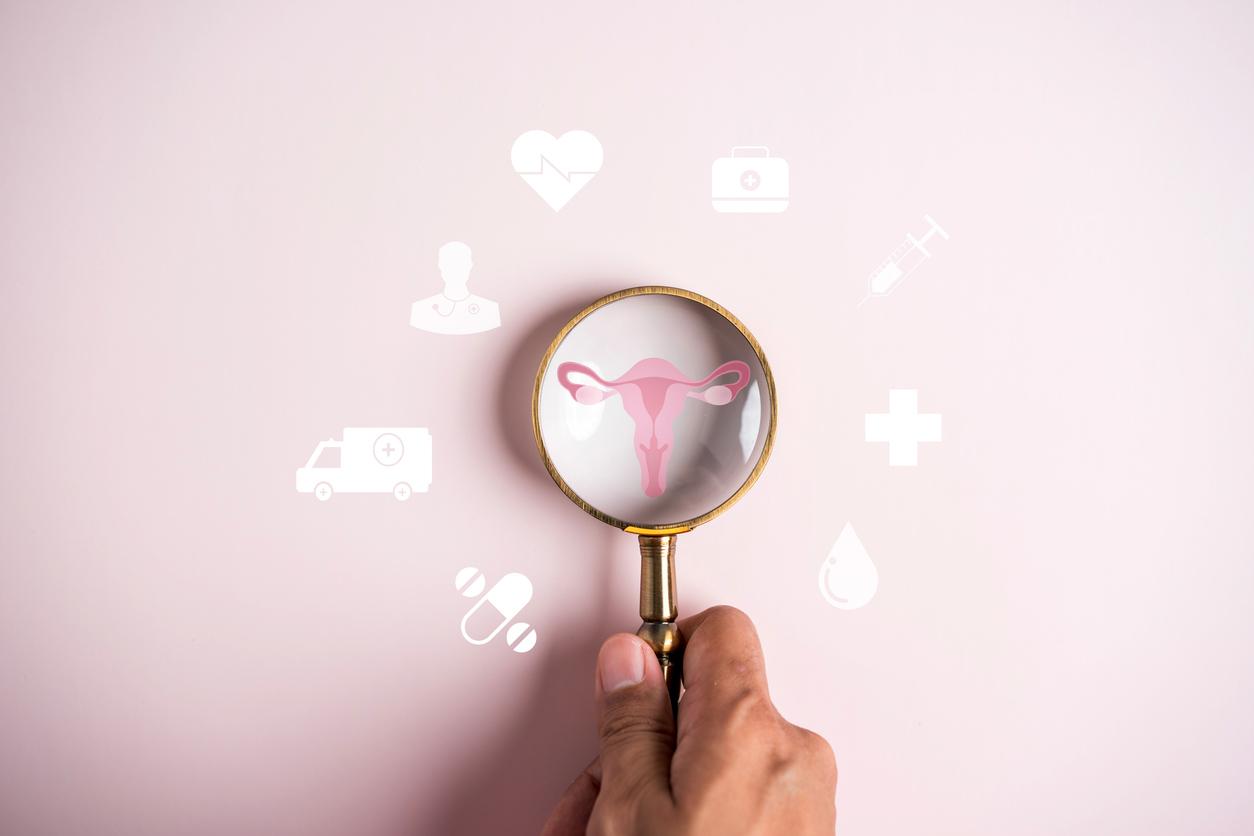Precarious women are in poorer health than others. And they are less followed by a doctor.
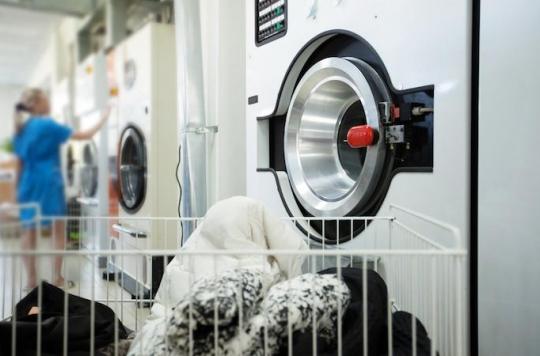
- Women represent 53% of working poor and 57% of RSA beneficiaries.
- 82% of part-time jobs are held by women, as are 62% of unskilled jobs.
- In 15 years, occupational diseases have increased by 155% among precarious women.
- Precarious women are twice as likely to be obese as men of the same status.
One in two poor workers is female. The same goes for RSA beneficiaries: they are women in 6 out of 10 cases. Paradoxically, precarious workers remain in the shadows. Clearly disadvantaged compared to their more enviable peers, they are poorly taken into account in official statistics.
However, gender inequalities are widening within precarious populations. This is highlighted in a report to the High Council for Equality (HCEfh), made public on July 7. From this generalized ignorance results an excess of morbidity in four major areas. Starting with work-related illnesses.
Exacerbated hardship
More and more precarious women are affected by an occupational disease. Since 2001, the number of victims has increased by 155%. This is double the increase observed for men in precarious situations.
Three sectors are particularly affected by these disparities: industry (transport, water, gas, electricity, books, communication), non-food trade, and services – particularly to people.
The difference is explained by the situation apart from precarious workers. This is especially true for musculoskeletal disorders (MSDs). Women are much more at risk than their male colleagues.
“The increased risk of MSDs for workers is partly due to the fact that their work is more repetitive and that they have less decision-making latitude to carry it out”, explains the National Agency for the Improvement of Conditions. working (Anact). Not surprisingly, work and commuting accidents are also more frequent among poor female workers.
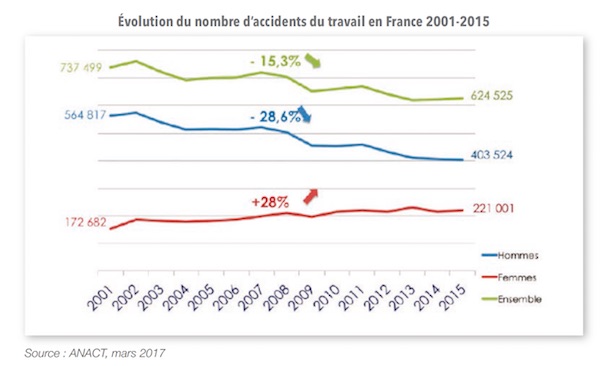
Source : HCEfh
Faced with this very gloomy picture, the High Council for Equality recommends taking gender into account in the data collection. This would make it possible to better understand the differences between women and men in the workplace and their impact on health.
A broken heart
This exacerbated hardship prematurely tires the body of women. “Women over 50 in great precariousness, at the approach of menopause, are more fragile and more vulnerable”, recalls Professor Claire Mounier-Vehier, president of the French Federation of Cardiology (FFC). Chronic stress, an unbalanced lifestyle and risky behaviors do little to improve the situation.
Because not content with being exposed to more marked psychosocial risks, precarious women also have more difficulty in adopting prevention advice. Just compare smoking to be convinced.
Among the active, 30% of people smoke. In the unemployed population, 45% of women say so. There is also a gap between graduates and those who do not have the baccalaureate.
As a result, risk factors accumulate and the heart pays the price. Cardio-cerebrovascular disease is the leading cause of death in women. But it is worse when they are precarious. They die more and, also, earlier.
Non-existent gynecological follow-up
In terms of gynecological follow-up, the situation is even more alarming. For financial reasons, women prefer to avoid going to a specialist, whether for screening or for simple contraception. 1% of female executives have no way of preventing pregnancy. Among workers, they are almost 7%.
These bad reflexes logically lead to unwanted pregnancies. And here again, precariousness has negative repercussions on pregnant women and their unborn babies. According to the SAMU Social, each year, 1,500 women give birth without having benefited from pregnancy monitoring. The risk of prematurity, intrauterine growth retardation or neonatal pathologies is increased.
The solutions do exist. Since the 1er January 2017, third-party payment is compulsory for pregnant women. Associations and official structures also allow free access to basic care, such as Family Planning or the SOLIPAM association.
All these tensions reflect on well-being. By dint of worrying, depression and anxiety progress. Precarious women are three times more at risk of anxiety disorders than the general population. Social isolation only worsens the situation. In the absence of care, morbid behavior, suicidal thoughts and lack of care progress. A real vicious circle then sets in.
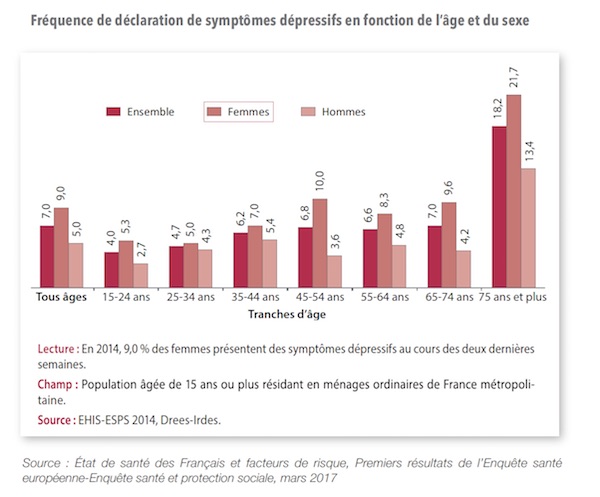
Source : HCEfh
.











